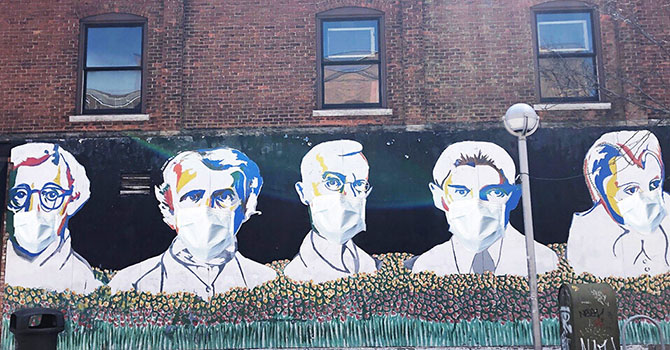
The Idea to 'Flatten the Curve'
Decades of studying pandemics and how to curb them led University of Michigan physician-historian Howard Markel to coin a term the rest of us now use in daily conversation.

Michigan Public Health faculty, staff, students, and alumni are making an impact on public health in the US and around the world. Find the latest news here.

Decades of studying pandemics and how to curb them led University of Michigan physician-historian Howard Markel to coin a term the rest of us now use in daily conversation.
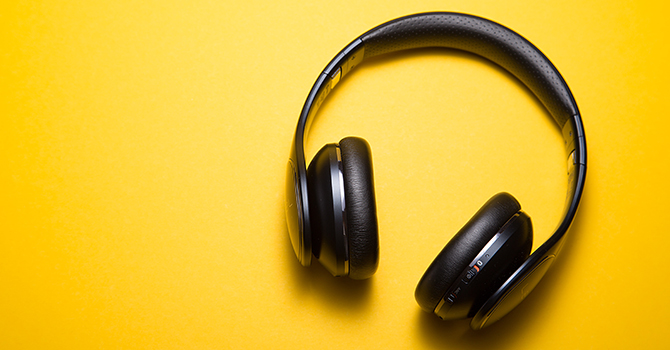
As part of this research partnership between Apple and the University of Michigan, Rick Neitzel is collecting data on personal listening device use and noisy environments through the Apple Research app. The hope is this research could influence policies that one day change noise pollution levels.
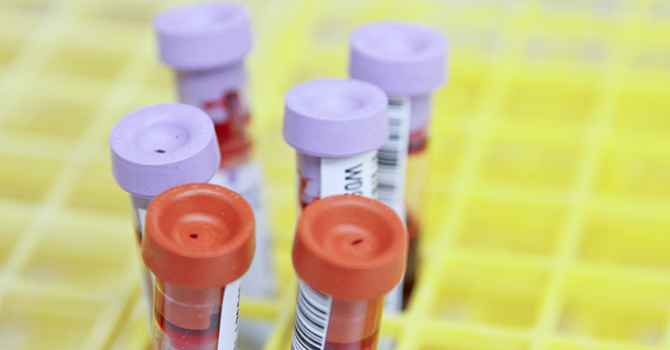
Scientists at the University of Michigan are advancing a new antibody test to identify people who have been infected with the novel coronavirus that causes the COVID-19 disease. The test, being validated now, could accelerate selection of patient plasma for use in treating new COVID-19 infections.
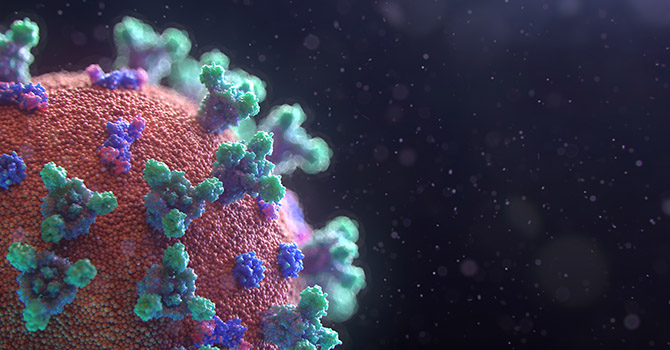
US Hispanics are more likely than their white white counterparts to be affected by coronavirus independently of their immigration status. Two University of Michigan School of Public Health experts explain why, and offer some solutions the federal government could use to mitigate these negative consequences.
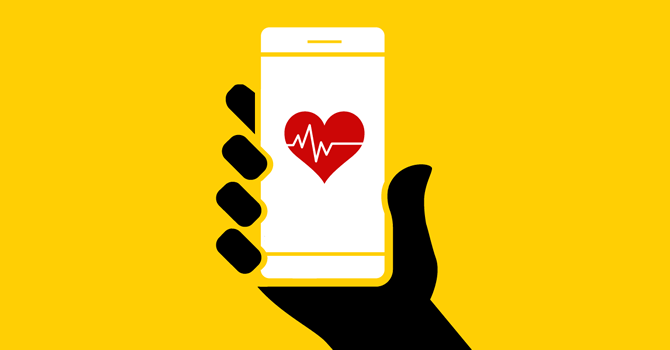
The Wearables In Reducing Risk and Enhancing Daily Lifestyle Center (WIRED-L) aims to investigate how mobile health (mHealth) technology, such as smartwatches and smartphones, can be used to study and improve health behaviors among hypertensive populations. Bhramar Mukherjee, Chair and professor of Biostatistics, serves as co-investigator of the center.
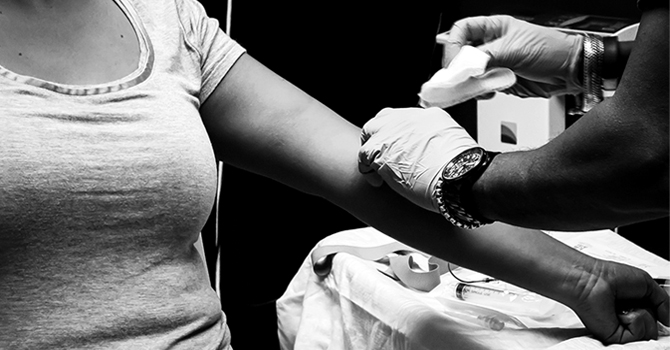
Long before we could sequence a virus’s genome in a matter of weeks, we used public health tactics like contact tracing to sort out the movement of a disease in a population. Contact tracing is one of the “traditional” tools of epidemiologists. Today, we have more public health surveillance tools at our disposal, and we’ll need both the old and the new to bring COVID-19 under control.